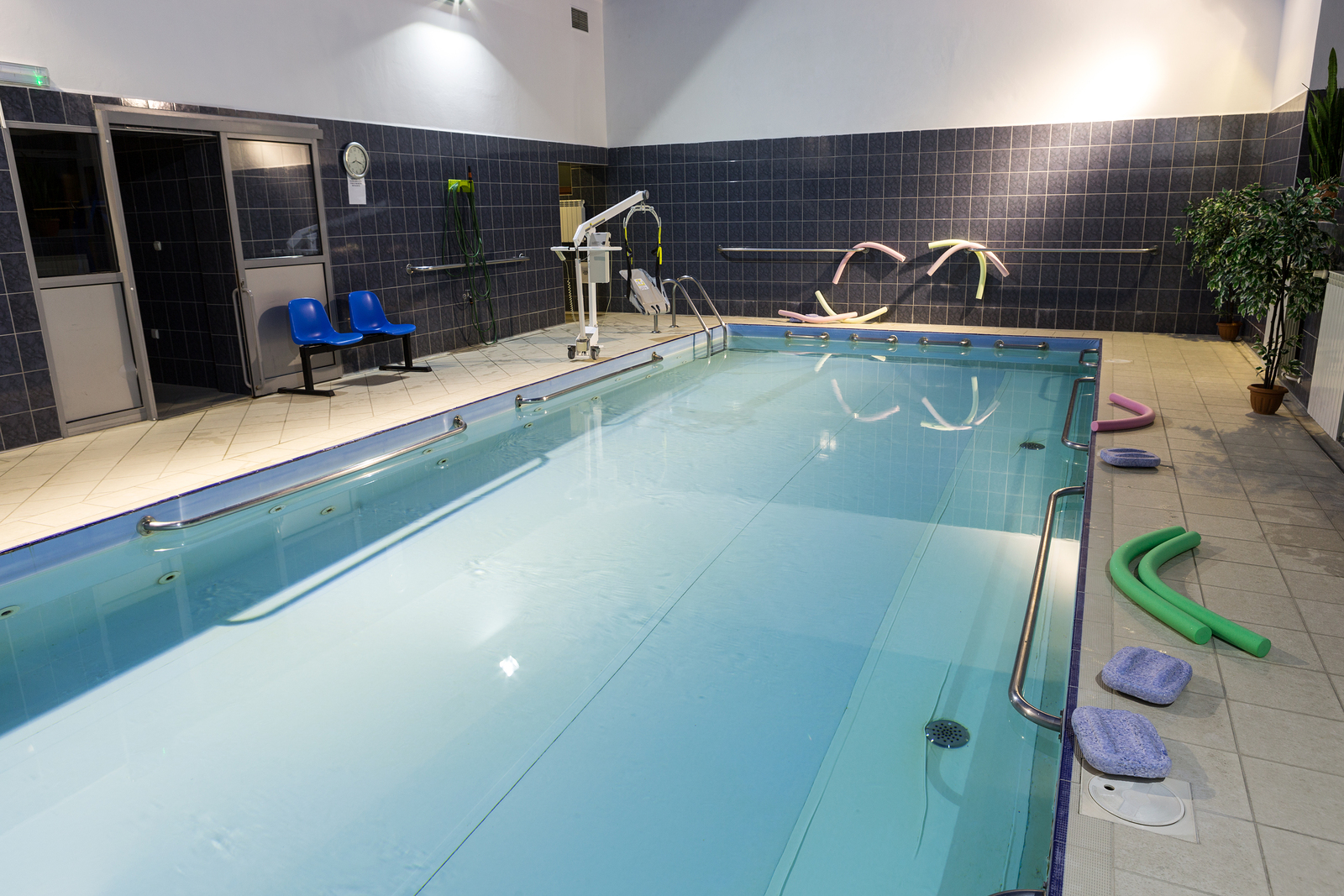
Osteoarthritis (OA) is the most prevalent form of arthritis and occurs especially in the knee joint. Worldwide it affects nearly 6% of all adults, with more women being affected than men. It is a degenerative disorder of the joint cartilage and is associated with hypertrophic bone changes. OA has a complex etiology and is different in everyone with numerous factors influencing pain, functional disability and prognosis.
It is well known that exercise is the most recommended non-pharmacological intervention for the management of OA as it can reduce pain and improve physical performance. This exercise should ideally take the form of aerobic, strength or mixed training methods but ideally should include weight loss support to achieve the best results. There has been some investigation into other types of exercise but they have been shown to be less effective.
An example of other types of exercise being investigated for it’s use in managing OA Knee is hydrotherapy or aquatic exercise. A previous Cochrane Review demonstrated that there is “moderate evidence” that hydrotherapy may have short-term and small, clinically relevant improvements to pain and disability in people with OA Knee. This was a high quality systematic review (SR) involving 12 studies and over 1000 patients, please read the review to understand more about it.
From this SR we know that there is a place for hydrotherapy in the management of OA Knee, but only in the context of a wider long-term management plan involving aerobic and strength training alongside weight loss strategies. Using hydrotherapy alone probably isn’t enough but is a good place to start.
Using hydrotherapy as a good starting point for introducing the concept of exercise for patients with moderate to severe OA pain is a really good option. Sometimes exercising on the land is too intense and painful and this puts people off of the idea of using exercise as a long-term option. The warm buoyant nature of exercising in water eases this pain and offers a gateway to progressing through exercise modalities to get to meaningful long-term improvements which are sustainable.
Often educational sessions are used as a starting point for a long-term management plan for patients with diagnosis of OA Knee. Sometimes educational sessions are all that is offered. It might seem meaningless compared to exercise however when delivered in the correct way, educational sessions can improve pain and health-status of patients in the short and medium term. This is best demonstrated by Coleman et al in this study published in BMC Msk Disorder. As we know from the Cochrane Review this is comparable to aquatic therapy.
What hasn’t occurred is a comparison between the two; hydrotherapy compared to educational sessions in the management of OA knee. This is what Taglietti M, et al set out to achieve in their study. In a nutshell their aquatic exercise programme (16 session) was more effective at reducing pain and improving function compared to a MDT educational programme (8 sessions).
A few things need to be considered when interpreting the results. Firstly there was a high drop of the education group which will have influenced the results. Secondly, clearly the education group received fewer exercises (it is unclear on the specifics of the HEP in terms of sets & reps in the study) and poorer quality of exercise choice. There was no evidence based exercise plan within the educational session. Thirdly, there is no cost-analysis of which is the better of the two to use. Hydrotherapy pools are expensive to run let alone build!
This study should not dictate how you should approach the initial stages of managing your patients with OA knee. In an ideal world everyone should receive education from an MDT why does it have to be hydrotherapy OR education? In terms of using hydrotherapy that should be patient preference AND it offers a really good alternative and gateway when patients find exercising too intense on the land.
To find out more specific details of the exercises used within the study, please read the article, it is available free at the link below.
No comments:
Post a Comment